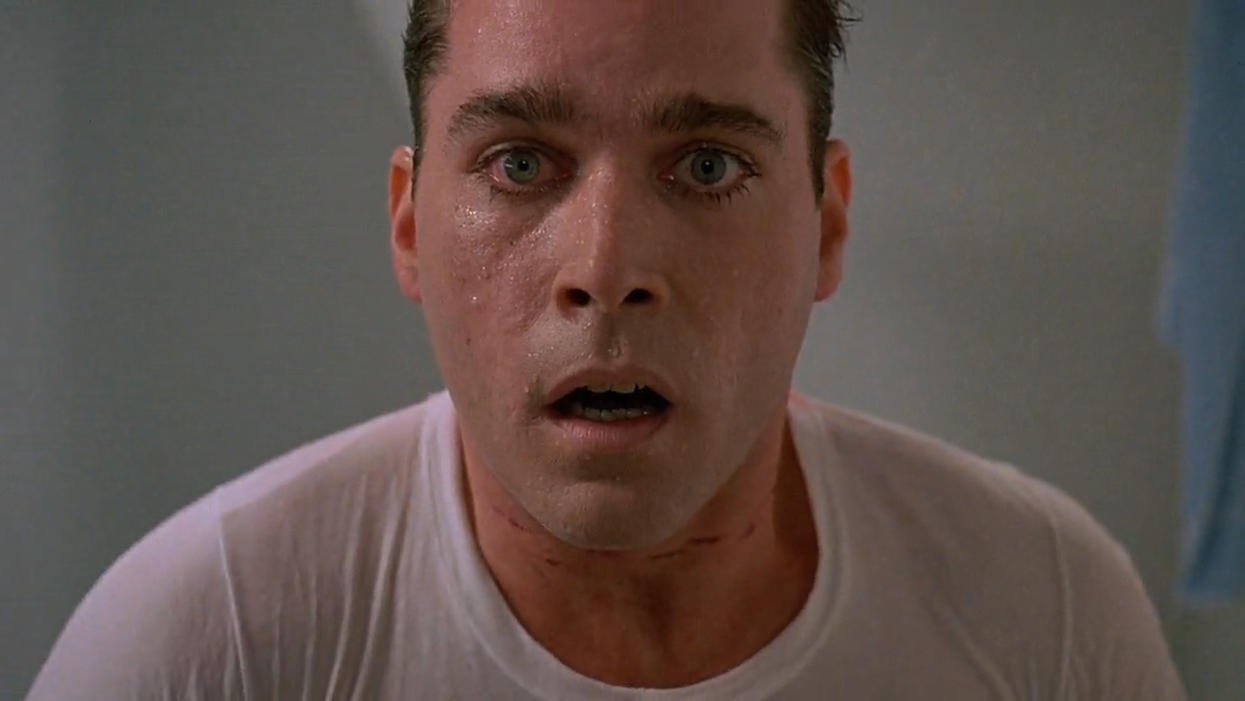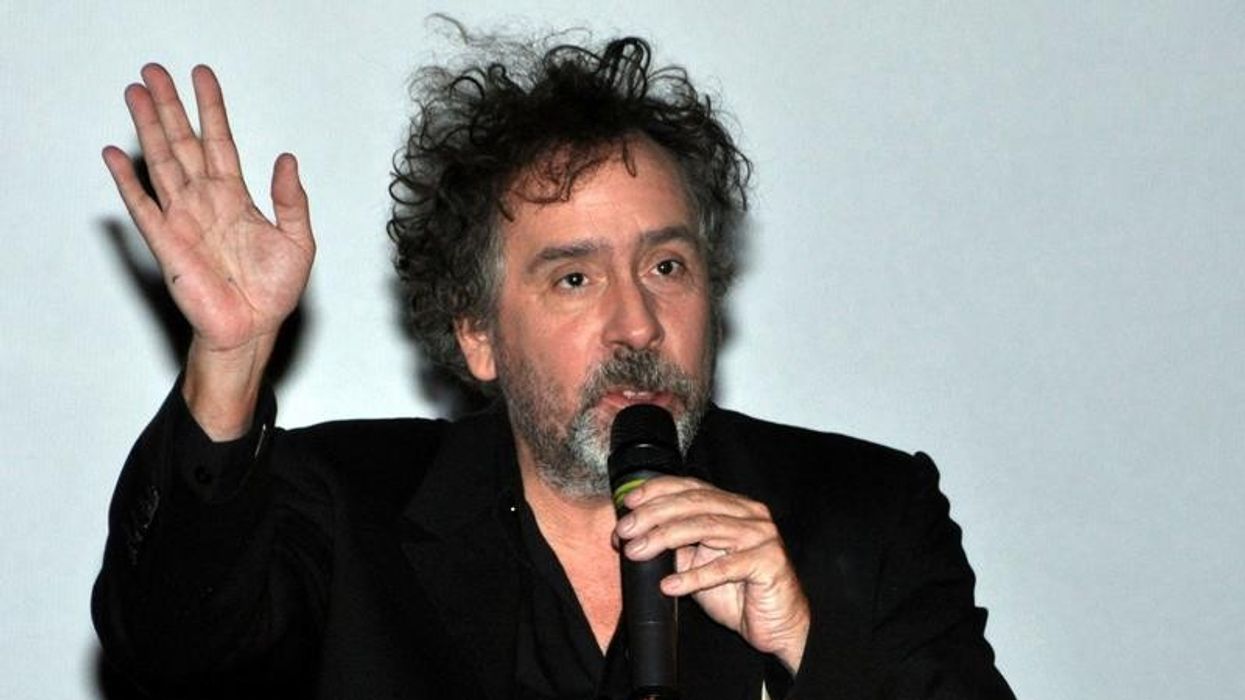When Jonathan Demme passed away less than a week ago, he left behind a lasting legacy of brilliant films. From Silence of the Lambs to Rachel Getting Married, the director managed to access the inner turmoil of his characters by visually representing them in powerful and striking ways, and one of his most notable tools for this was the close up, more specifically, the close up in which characters would look into the camera.
In this short tribute to the late Academy Award-winning director, Nelson Carvajal highlights Demme's affinity for breaking the fourth wall, allowing characters to peer right into the audience's eyes and forcing the audience to peer right into theirs.
Many of us are used to breaks in the fourth wall, however they're usually done for comedic effect. (Zach Morris did this all the time in Saved by the Bell.) So, when we see one of Demme's tortured and conflicted characters looking at us, in a close up no less, it many times results in some intense emotional reactions.
He may do this to make viewers feel uncomfortable. He may do it to make viewers feel connected. There are many reasons and applications for this kind of cinematic technique, but the main purpose for Demme's iconic POV shot is to, as Carvajal points out, is to create a sense of urgency.
Essentially, there is a sense of urgency to these artistic choices that Demme has made with these point-of-view shots. They give his films an extra layer of life and vitality. Most importantly, these shots help create an all-around empathy for the players on screen. When we see them, they see us.
Demme doesn't allow you to escape into the fantasy or escapism of cinema. With his subjective camera style, he forces you to look and be looked at, creating what the director calls "real cinema," where you as the viewer are pulled into the story and the cinematic space to feel, and therefore experience, what the characters on-screen are.
Source: Free Cinema Now












